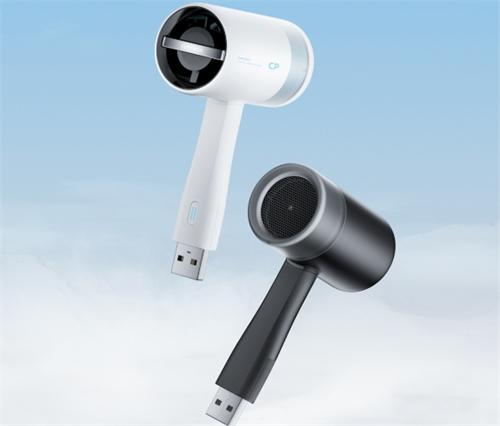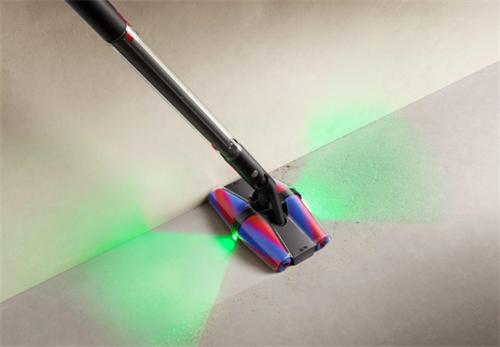Brain-computer interfaces and smart homes: Unlocking the Future Life of "mind control"

At 3 a.m., the smart curtains suddenly draw open. At 7 a.m. on a lazy weekend, the coffee machine starts brewing with a roar. These awkward—and sometimes comical—“smart but not-so-smart” moments are becoming a thing of the past. Recent data shows that over 80% of smart home users have experienced devices activating at the wrong time, all due to one core issue: a lack of genuine contextual awareness.
Imagine this: You arrive home from work, your smart lock recognizes you, the entryway lights turn on automatically, the air conditioner adjusts to your preferred temperature, and your favorite playlist starts playing. This isn’t science fiction—this is the reality enabled by the new generation of context-aware smart home technology. Unlike earlier systems that relied on simple timers or geofencing, these advancements allow devices to truly “understand” your environment and status.
Millimeter-Wave Radar: The Game Changer
Put simply, advances in millimeter-wave radar technology have enabled this progress. The newly launched Aqara FP2 presence sensor, for instance, uses 60GHz radar to detect even the slightest breathing movements with an impressive 99.7% accuracy.This allows it to distinguish between a person sitting still and a pet moving around—and even track a person’s orientation and movement trajectory. For example, your curtains won’t open unless you’re actually facing them.
Multi-Sensor Fusion: The Brain of the System
Multi-sensor fusion is another critical advancement. Xiaomi’s latest central gateway uses a “five-dimensional judgment method” to become a true environmental sensing expert. It combines:Light sensors to detect ambient brightness,Microphones to analyze sound frequency patterns,Smart plugs to monitor power consumption,Temperature and humidity anomaly detection,Wi-Fi device activity tracking,This comprehensive system accurately interprets user needs. It can tell if you’re simply watching TV or genuinely need the lights on—avoiding common misfires of past systems.
Smarter Time Awareness:
Time awareness has also taken a leap forward. Huawei’s “Spacetime Cube” system leverages GPS atomic clocks and local light-sensing calibration to create a resilient smart timing algorithm. It automatically adjusts for holidays, pauses automation when you’re traveling, and eliminates the chaos caused by crossing time zones. With this intelligent understanding of time, devices no longer rigidly follow fixed schedules.
Habit Training and System Learning:
Alongside hardware innovation, teaching your smart home how you live is just as crucial. Experts recommend the “3-7-21 training method”:Record your routine intensively for 3 days,Optimize and adjust for 7 days,Solidify learned behaviors over 21 days.This progressive learning approach helps the system distinguish between weekday and weekend routines, avoiding mistaking one-off events for habits.
Safety Margins and Smart Fail-Safes:
Another practical technique is setting safety margins. For example, add a 30-second delay to automation triggers and prevent rules from executing more than 3 times in 24 hours. These safeguards help smart devices remain helpful without becoming annoyingly overzealous.
The Future: Neuromorphic Home Hubs
What’s even more exciting is the upcoming neuromorphic smart home hubs. These systems integrate EEG headbands to read brainwaves and identify states like “about to sleep” or “deep focus.” They can even switch off the lights 0.5 seconds before you consciously decide to.
From millimeter-wave sensors to brain-computer interfaces, smart homes are undergoing a transformation from mechanical execution to contextual understanding. As these technologies continue to mature and become mainstream, the era of frustrating “smart dumb moments” will soon be behind us. Your home is evolving into a space that truly knows you.
Recommended for you:








